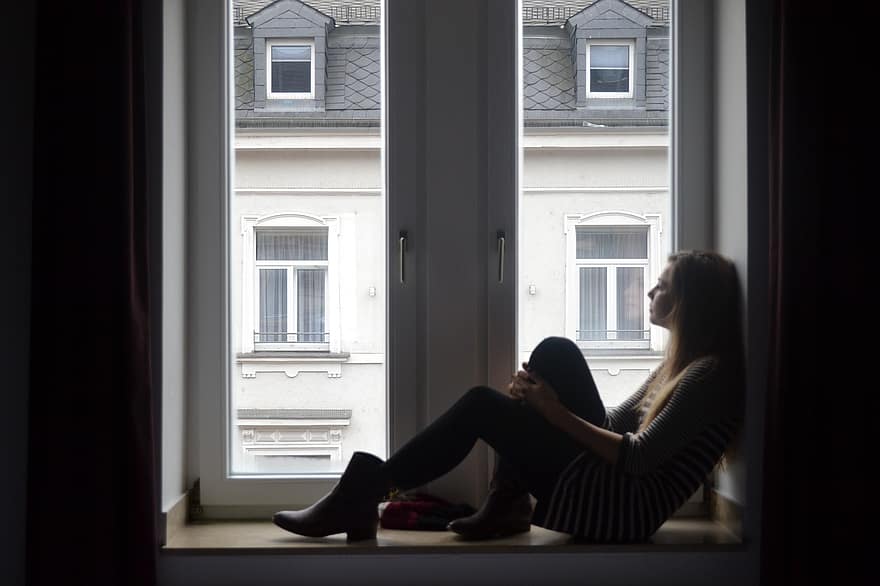As the terms 'quarantine' and 'isolation' are being used interchangeably in relation to a possible coronavirus infection, but do not quite mean the same thing, health officials explained the difference during a press conference on Monday.
People are most infectious just before they show symptoms, so you should not wait for the results of a test to take action. "Every hour and every day counts in the race against the virus," said virologist and interfederal Covid-19 spokesperson Steven Van Gucht.
What is quarantine?
When someone is asked to go into quarantine, it is for a period of 14 days. At that time, you are not (yet) sick, and there is only a suspicion that you could be infected.
This is the case when you were in close contact with someone who tested positive, or you were in an area with high virus circulation ("red zone"), or in an orange zone, where you participated in "risky activities" such as family visits or nightlife.
Despite not being sick and not showing any symptoms, it is possible that the virus is in your body and that you will still get sick. This so-called incubation period lasts 14 days, which also explains the duration of the quarantine.
At the beginning of the 14-day quarantine period, a test is usually negative, because there is not a lot of virus in the body yet, too little to be detectable in a test.
A second test can be done about 9 days after the last exposure. If that test is also negative, it is "very unlikely" that the virus will still break through, and you can stop quarantine early.
If you do not show any symptoms after 14 days, the chance that you will still develop them is very small. "In principle, a second test at the end of the quarantine is not necessary, but people who work in the care sector, for example, can do so to ensure that they return to work absolutely virus-free," said Van Gucht.
People are most likely to be infectious a few days before they start developing symptoms, meaning they do not know that they are sick yet. "This means that, in the few days before you get sick yourself, you can unconsciously and unintentionally infect other people around you. That is why it is important to comply with quarantine," Van Gucht stressed.
Related News
- Travellers returning from 'red zones' no longer need to see a doctor to be tested
- Belgium further restricts travel to several EU regions
- Dozens of Brussels kids quarantined after parents flout self-isolation rules
What do you have to do when you are in quarantine?
- Isolate yourself from others as much as possible. Do not go to work, do not go to school
- Avoid close contact with your housemates, especially older people or people in poor health
- Sleep separately if possible, use a separate toilet and a separate bathroom
- Do not share objects such as cutlery, cups, glasses, towels, with your housemates; and wash your hands regularly
- Do not invite family or friends to visit
- Only leave the house for essential journeys, such as going to the supermarket, the pharmacist or the doctor. When outside, always keep a distance from others and wear a face mask. If at all possible, have other people run errands in your place.
What is isolation?
If you are asked to go into isolation, it is for a period of at least seven days. This happens if you are sick, or have tested positive. From the moment you have symptoms, you do not remain infectious for more than 7 days, which explains the duration of the isolation.
What do you have to do when you are in isolation?
The measures you need to take when you are in isolation do not differ much from the measures you take when you are in quarantine. This is what you should do on top of the quarantine rules.
- Wear a face mask at home to protect the people you are living with
- Stay in a separate room that is well-ventilated as much as possible
- Ask others for help with your groceries
- Call the contact tracing centre yourself, do not wait for them to call you. "It is a sign of respect and caring to inform people around you."
Maïthé Chini
The Brussels Times

